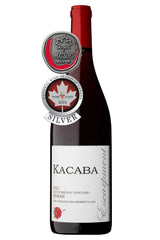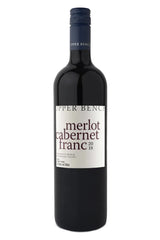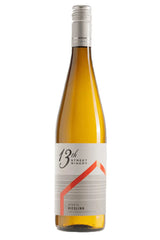Rosé Wine
Rosé wine is more than a drink—it’s a mood, a moment, and a perfect bridge between red and white wines. With its signature pink hue from limited contact with red grape skins, rosé delivers fresh, fruit-forward flavors like strawberry, citrus, and melon, often finished with a crisp, herbal edge. This versatile wine pairs effortlessly with everything from light salads to bold dishes—even poutine! At My Wine Canada, we’ve handpicked standout Canadian rosés that highlight our cool climate’s unique take on this refreshing style. Ready to find your perfect pink pour for patio season?
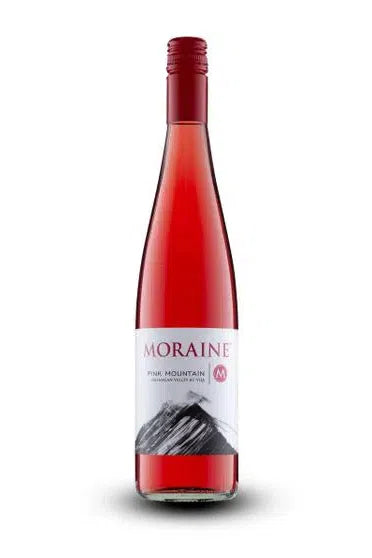
Quick view 
Quick view 
Quick view 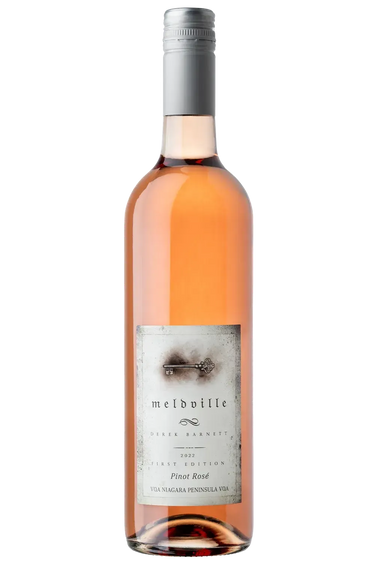
Quick view 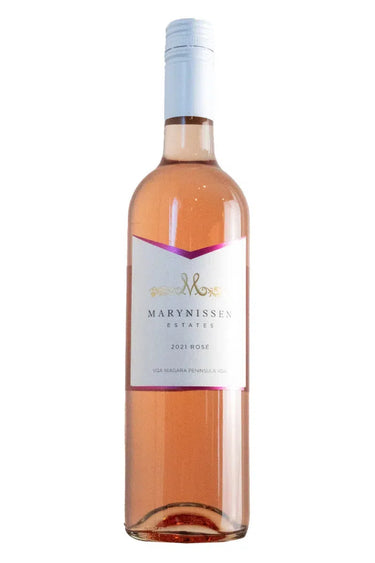
Quick view 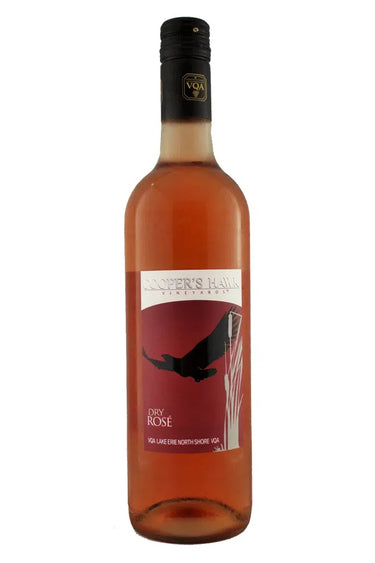
Quick view 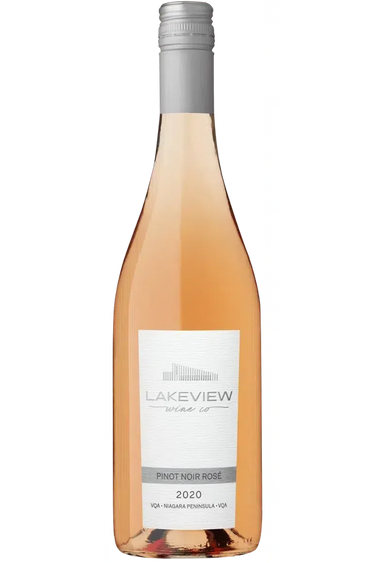
Quick view 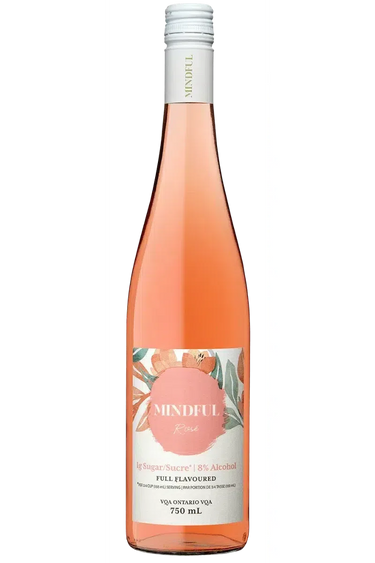
Quick view 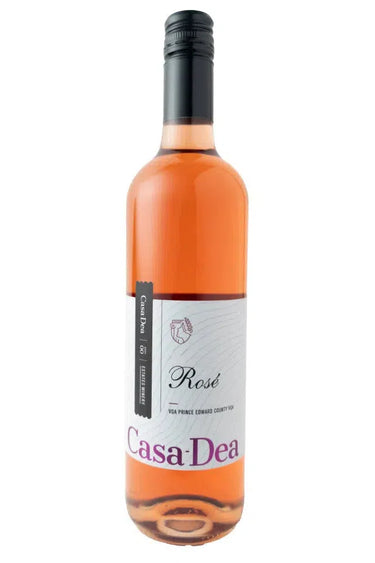
Quick view 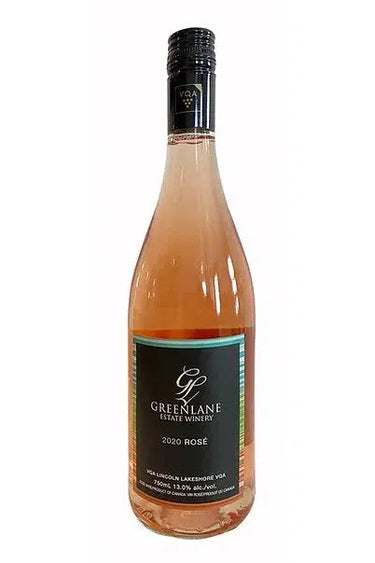
Quick view 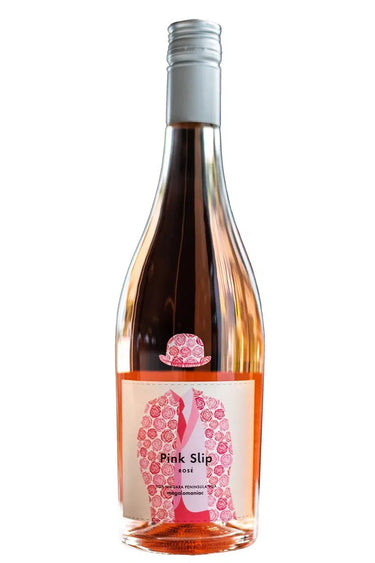
Quick view 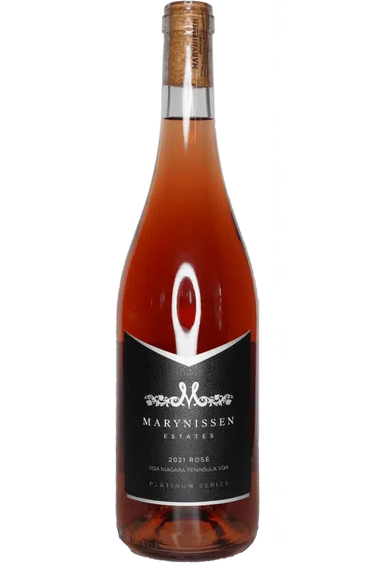
Quick view 
Quick view 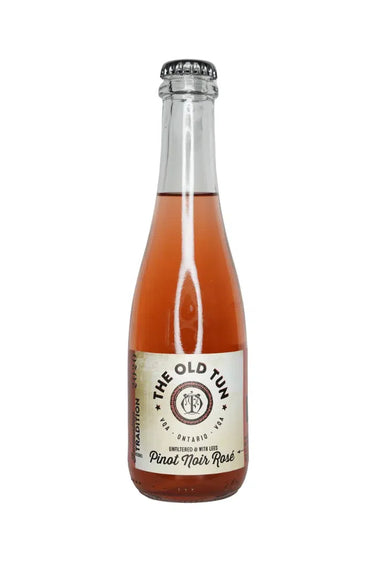
Quick view 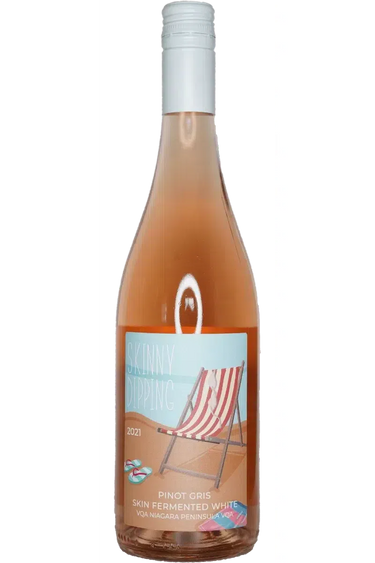
Quick view 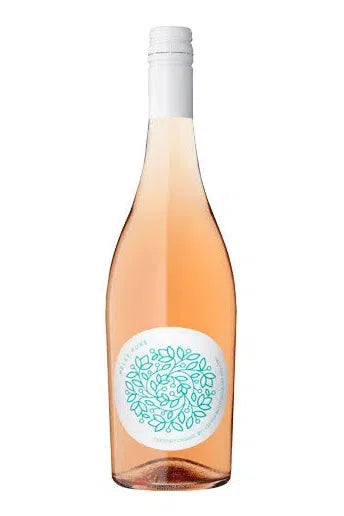
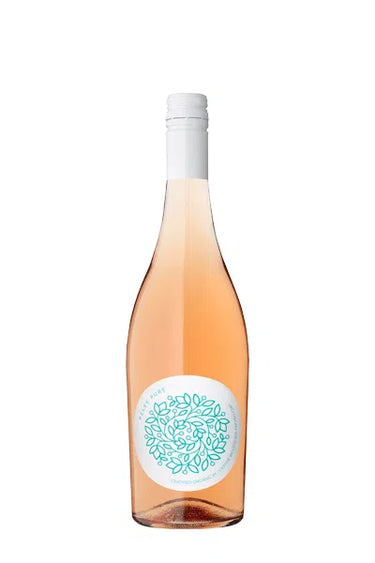
Quick view 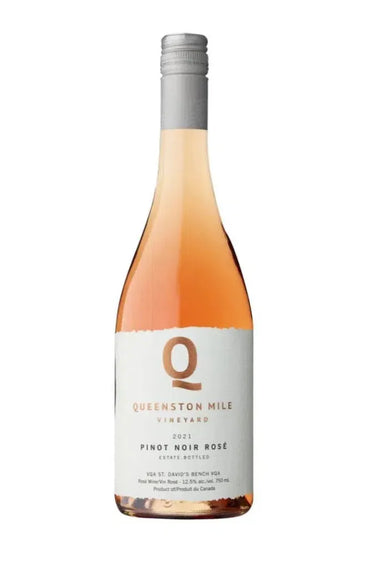
Quick view 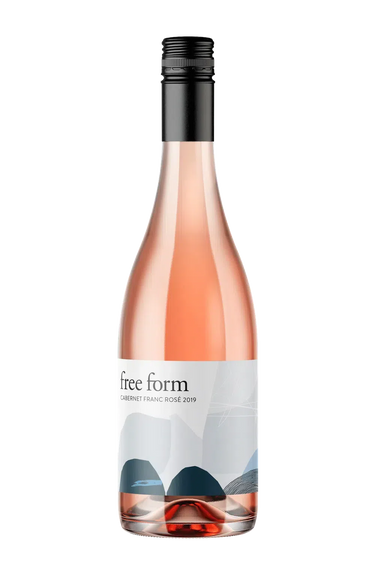
Quick view 
Quick view 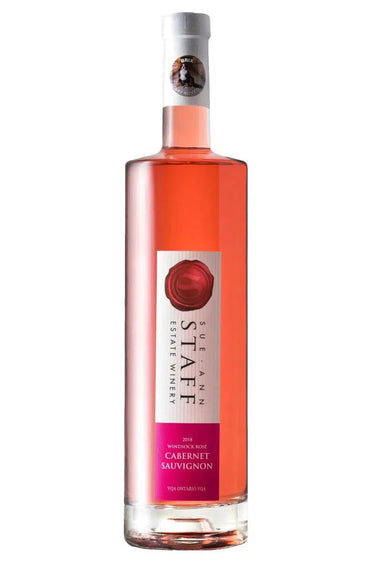
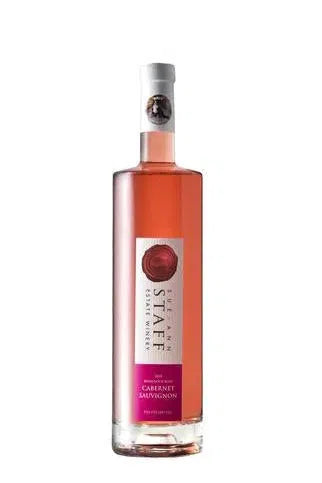
Quick view -
Discover Canadian Rosé Wines
From coast to coast Canadian winemakers are crafting exceptional rosé wines that showcase the unique terroir and grape varieties of the Great White North. These pink-hued beauties offer distinctive character and quality that rival their international counterparts while expressing Canada's cool climate winemaking expertise.
What Makes Canadian Rosé Wines Distinctive?
Canadian rosé wines shine thanks to the country's cool climate, which promotes bright acidity and complex fruit flavors. Made primarily using the maceration method—where red grape skins rest briefly with the juice—these wines boast beautiful pink hues and refreshing profiles. Common grape varieties include Pinot Noir, Merlot, Cabernet Franc, Gamay, and Syrah, often blended for balanced flavor and color. Expect vibrant notes of strawberry, cherry, rhubarb, and red berries with a crisp, food-friendly finish.
Why Rosé is a Must-Try from Canada's Top Wineries
Canadian rosés offer great value, typically priced between $15 and $35, and are incredibly versatile with food—from seafood to grilled meats. Regions like Niagara and the Okanagan bring their own flair, producing rosés with either elegant red fruit or bolder berry flavors. Many wineries also focus on sustainable practices, crafting rosés that are not only delicious but environmentally mindful. For peak freshness and flavor, enjoy them young.
Where Canadian Rosé Comes to Life
Canadian rosé production flourishes across diverse wine regions from coast to coast. Each area imparts distinctive characteristics to these pink wines through unique terroirs soil compositions and climate conditions. The results are refreshing rosés that showcase the creativity and craftsmanship of Canadian winemakers.
Exploring the Best Regions for Rosé in Canada
The Niagara Peninsula leads Ontario's rosé production with wines displaying elegant red fruit notes and crisp acidity. The cool climate creates perfectly balanced rosés from Pinot Noir Gamay and Cabernet Franc grapes. British Columbia's Okanagan Valley produces more intensely flavored rosés thanks to its warmer temperatures and longer growing season. Here, rosés made from Merlot Syrah and Pinot Noir offer vibrant fruit profiles and impressive structure. Nova Scotia's emerging coastal vineyards create distinctive rosés with bright minerality and citrus notes, while Quebec's innovative producers craft unique rosés that thrive even though challenging growing conditions.
Spotlight on Vineyards from the Okanagan to Niagara
Several Canadian vineyards have gained recognition for exceptional rosé wines. In the Okanagan Valley, wineries like Okanagan Crush Pad, produce standout examples including their Free Form Cabernet Franc Rosé, which features strawberry and melon aromas with intense fruit juiciness. Moving east, the Niagara region boasts notable producers such as Thirty Bench, whose Small Lot Rosé offers aromas of watermelon and cherry with crisp refreshing qualities. Many of these wineries embrace sustainable practices reflecting a growing trend in Canadian winemaking. The diversity of Canadian rosés includes everything from light blush wines with subtle fruit notes to more robust pink wines with complex flavor profiles, reflecting regional character and winemaker style.
What makes rosé wine unique compared to red and white wines?
Rosé occupies a special place between red and white wines, achieving its blush color through brief contact between red grape skins and juice. This creates a refreshing drink with diverse flavor profiles that's neither as bold as red wine nor as light as white wine. The result is a versatile option that offers the best of both worlds while maintaining its own distinct character.
How are Canadian rosé wines different from international varieties?
Canadian rosés typically feature brighter acidity and more vibrant fruit profiles than their international counterparts, thanks to Canada's cooler climate that allows for slower ripening and complex flavor development. Made from grapes like Pinot Noir, Merlot, and Gamay, they showcase distinctive aromas of strawberry, watermelon, and red berries while reflecting Canada's unique terroir.
What food pairs well with Canadian rosé?
Canadian rosé is incredibly versatile with food, pairing beautifully with everything from light salads to heartier dishes. Local favorites include cedar-planked salmon, grilled chicken, seafood platters, and charcuterie boards. The wine's balanced acidity and fruit notes even complement richer foods like Quebec tourtière and wild mushroom risotto, making it a perfect all-around dining companion.
Which Canadian wine regions are known for rosé production?
The Niagara Peninsula leads Ontario's rosé production with elegant, crisp wines featuring delicate red fruit notes. British Columbia's Okanagan Valley produces more intensely flavored rosés with rich fruit character. Emerging regions like Nova Scotia offer unique coastal-influenced rosés, while Quebec's innovative producers create distinctive cool-climate styles. Each region imparts its unique terroir characteristics into their wines.
How much do quality Canadian rosés typically cost?
Quality Canadian rosés typically range between $15 and $35, offering excellent value compared to many international counterparts. This price point reflects both the craftsmanship involved and the growing reputation of Canadian rosé, while remaining accessible for everyday enjoyment. Premium single-vineyard examples may command higher prices but still represent good value for their quality level.
Are Canadian rosé wines sweet or dry?
Canadian rosés span the spectrum from bone-dry to slightly off-dry, with most premium examples tending toward the drier end. The perception of sweetness often comes from the wine's natural fruit flavors rather than residual sugar. Modern Canadian winemaking techniques focus on creating balanced wines where any sweetness is harmoniously integrated with refreshing acidity.

